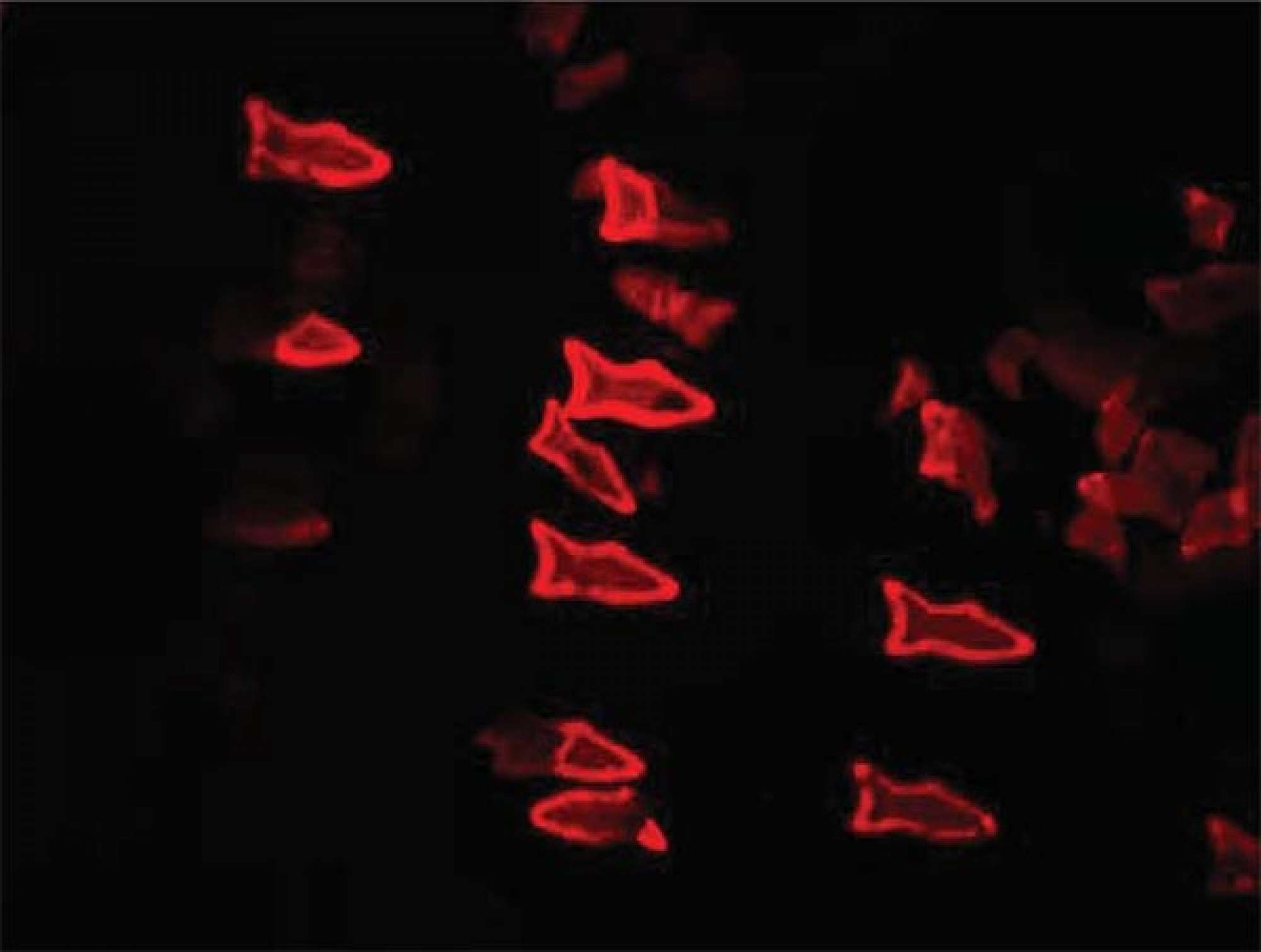Researchers at UC San Diego announced that they have developed 3D printed microrobots in the shape of fish able to detect and remove toxin from liquid. Smaller than a human hair - only 120 microns long and 30 microns thick - these little creatures multiply quickly: scientists can 3D print hundreds of these fish in seconds.
The microfish have tiny particles of platinum in the tail which react with hydrogen peroxide. When the microfish are placed in peroxide, the tails move, propelling the fish along. Other particles, such as chemicals that can detect and absorb toxins like bee venom, can be added to the materials used to print the fish. As the fish work, they glow red, and the swimming motion helps make sure they don't miss a drop of the contamina
Researchers have high hopes for the future of their creatures: “This method has made it easier for us to test different designs for these microrobots and to test different nanoparticles to insert new functional elements into these tiny structures. It’s my personal hope to further this research to eventually develop surgical microrobots that operate safer and with more precision” one of the microfish inventors Jinxing Li said in a press release.
Other possible applications include delivering drugs to targeted areas of the body, or removing toxins. And those future drug deliveries or detoxifying treatments can have different shapes other than fish. Researchers can also make printed manta rays or sharks, they could eventually even print bird shaped delivery microbots.
Source: Advanced Materials, Popular Science

Share your thoughts and join the technology debate!
Be the first to comment